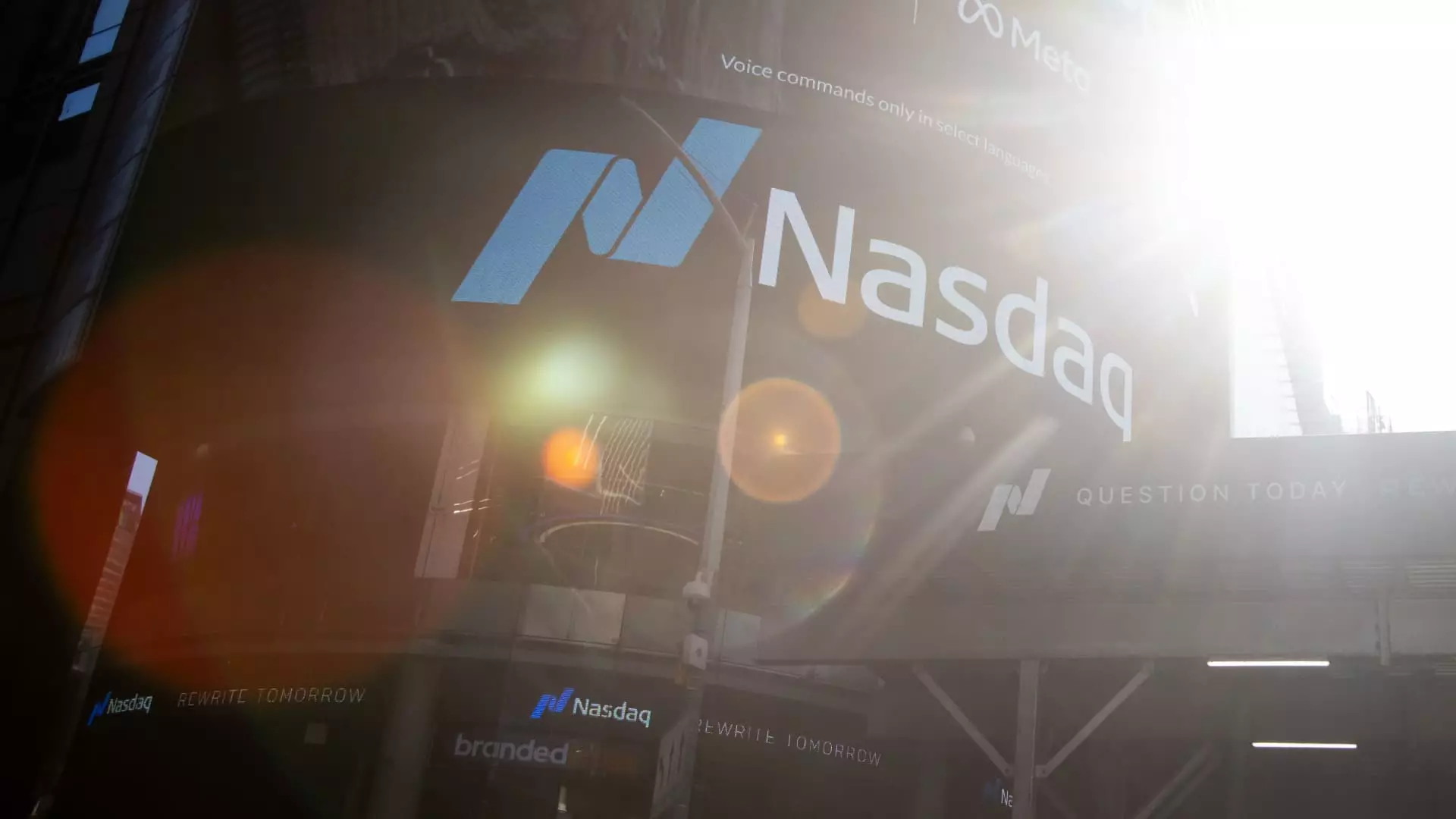Market Dynamics: Analyzing Recent Developments and Future Projections

In the fast-paced world of finance, understanding present trends can significantly alter investment strategies. Recent updates from the CNBC Investing Club have shed light on the evolving market dynamics, particularly in light of the anticipated changes under the new administration. On a notable day, the Dow Jones Industrial Average stood out with a strong performance, aiming for a record close above 44,000. This upward movement highlights the shifting sentiment and investment behaviors that often accompany major political transitions, reflecting a larger trend often referred to as market rotation.
Analyzing sector performance reveals a deeper narrative than mere numbers can convey. While the Dow celebrated, we observed pressures on the S&P 500 and the Nasdaq, particularly affecting large technology firms. This underperformance signals a significant post-election rotation; investors appear to be reallocating funds away from megacap tech stocks such as Apple, Amazon, Nvidia, Microsoft, and Meta Platforms. As these companies faced selling pressure, capital has flowed into sectors perceived to thrive under an administration likely to push pro-business policies, economic growth, and deregulation.
This trend is notably evident in financial and industrial sectors, which witnessed pronounced rallies. If we evaluate high-profile companies within the CNBC Investing Club, institutions like Morgan Stanley and Wells Fargo are on track for record achievements, further emphasizing the market’s pivot towards traditional growth sectors in response to the shifting regulatory landscape.
Despite the optimism surrounding stock performances, a cautious note underlies the news. The S&P 500 index is flirting with record highs, and analysts are making bullish adjustments to their year-end price targets. For instance, Oppenheimer recently elevated its S&P 500 forecast from 5,900 to 6,200, while maintaining previous earnings projections. This revision demonstrates both confidence in continuous market growth and a reminder of the inherent risks associated with such rapid advances.
However, a closer examination reveals the market is not without its signals of potential overextension. The S&P 500 Short Range Oscillator serves as a crucial indicator, and after a robust rally, it suggested the market could be nearing overbought territory. This situation implies that while gains have been significant, entering a phase of selling into strengths may be prudent as the momentum keeps climbing. Reflectively, the Club’s strategic moves—such as trimming positions in Honeywell and harvesting profits from financials—illustrate a risk management approach that aligns with the oscillator’s cautions.
In the world of investing, earnings reports act as a litmus test for companies and broader market sentiment. Home Depot, a key player within the Club’s portfolio, is expected to report quarterly earnings soon. Analysts project a decline in same-store sales by 3.1%, with an adjusted earnings per share of $3.64 based on current mortgage rates. The trajectory of the home improvement segment hinges on broader economic indicators, particularly mortgage rates, which must fall to enliven spending in that sector. Such insights are vital for investors who rely on quantifiable metrics to make informed decisions.
Moreover, the week reflects anticipation surrounding earnings from other significant companies like Shopify, Tyson Foods, and AstraZeneca, all of which will contribute to shaping market sentiment. Notably, the impending earnings report from Disney, another Club holding, adds an additional layer of intrigue and potential volatility.
The communication strategies employed within the CNBC Investing Club highlight a structured approach to trading, where timely updates and alerts ensure members are informed before significant portfolio changes. There is a perceived emphasis on patience, as Cramer refrains from immediate execution of trades following alerts, allowing subscribers time to react. This method stands in stark contrast to the impulsivity often observed in trading, proposing a more disciplined investment philosophy.
The current market landscape illustrates a nuanced intersection of sector performance, anticipated economic policies, and cautious optimism amongst investors. While forecasts suggest positive trends, the potential for volatility remains palpable, necessitating a continual reassessment of strategies moving forward. As we navigate an increasingly complex economic environment, adaptability and informed decision-making are more crucial than ever for achieving investment success.





